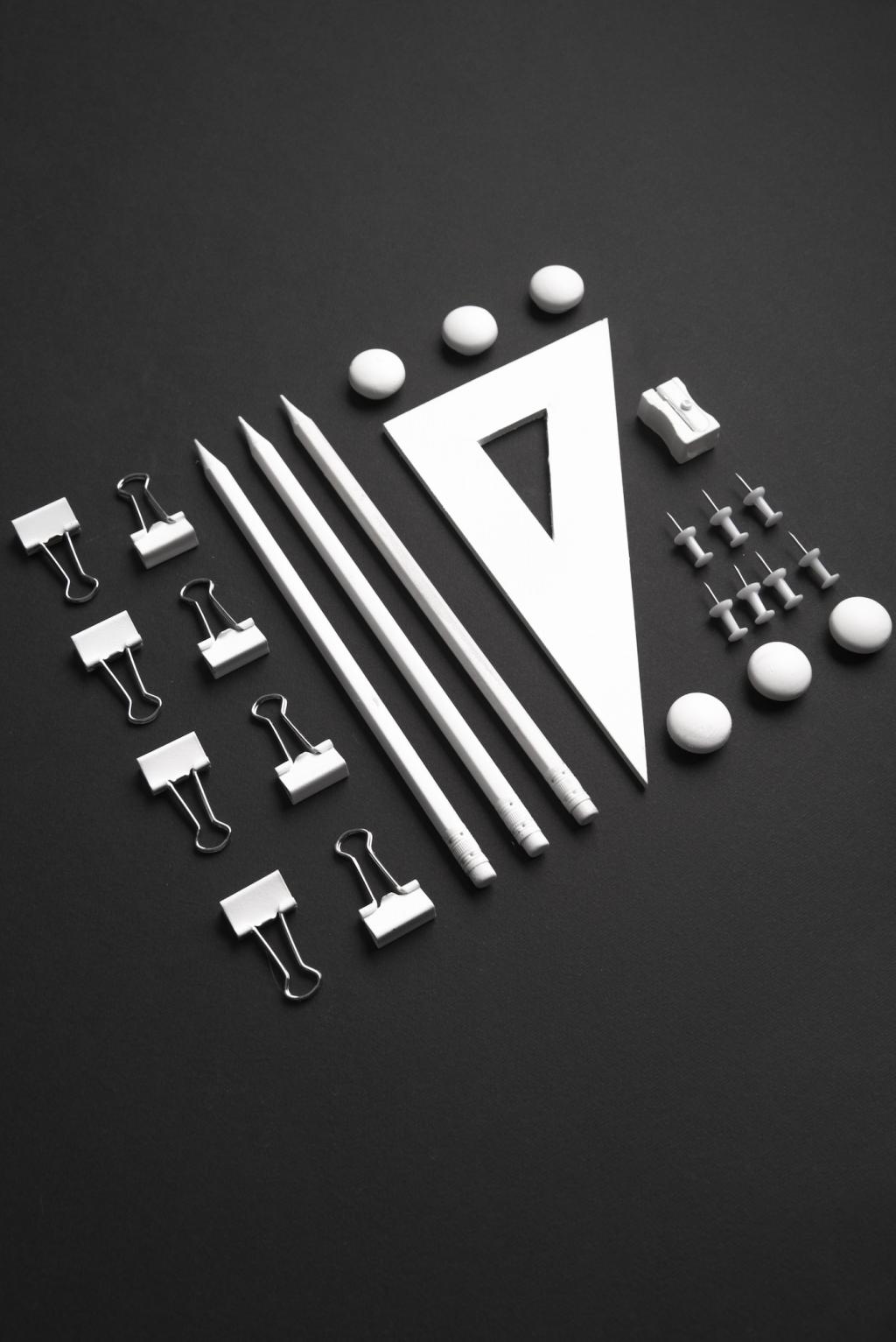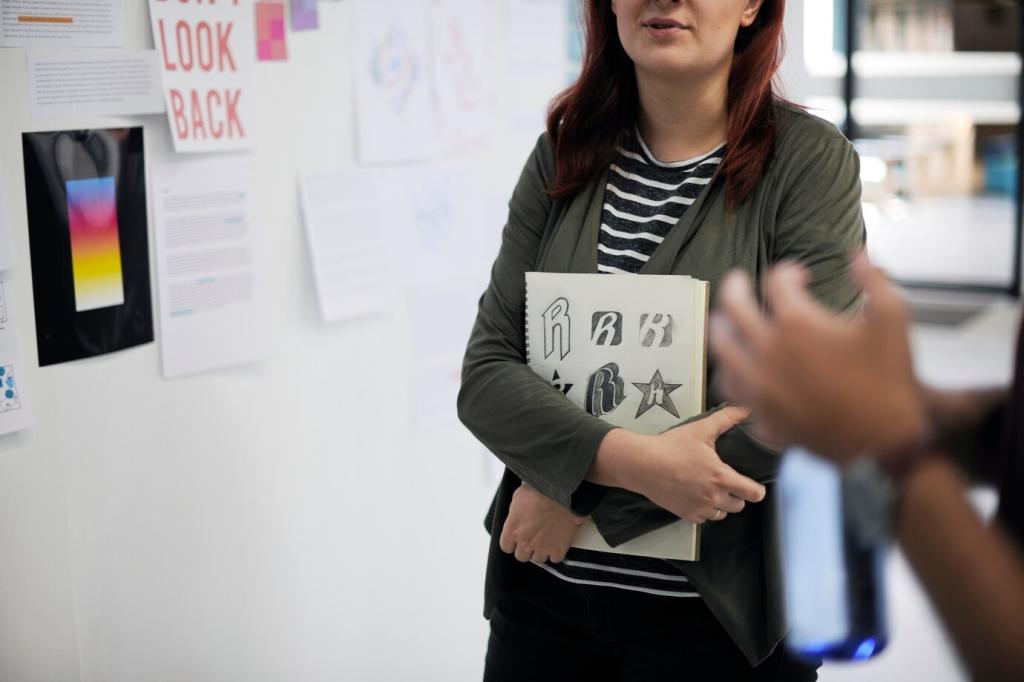Discoverability Without Spam
Use plain-language terms alongside style cues: “small condo entry storage,” “warm minimalist kitchen lighting,” “family-friendly fabric for dogs.” Pair with city or neighborhood names when relevant. Integrate naturally within sentences instead of stacking awkward lists.
Discoverability Without Spam
Mix broad, mid, and niche tags: #interiordesign, #warmminimalism, #seattlerenovation. Rotate sets to avoid repetition and shadowy patterns. Add a branded hashtag to collect projects. Invite followers to post their interpretations using it, then spotlight your favorites monthly.












